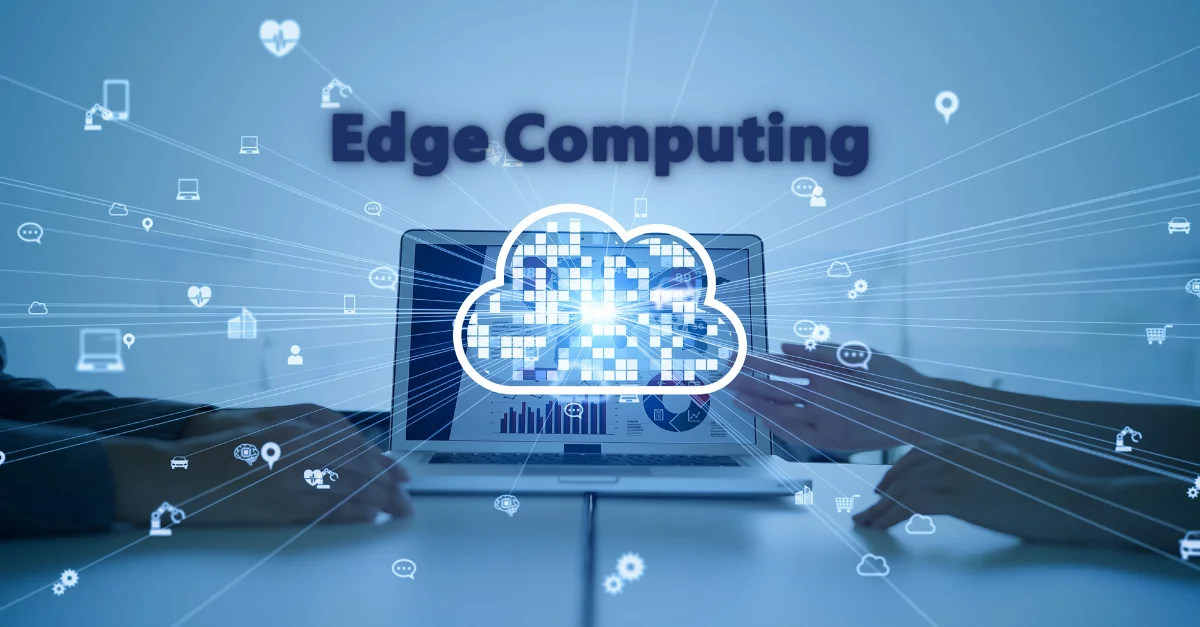In today’s digital landscape, businesses and organizations rely heavily on data to drive their operations, improve customer experiences, and make data-driven decisions. However, as the volume of data grows, the associated costs, particularly data transfer costs, have become a significant challenge. A powerful solution to this challenge is Edge Computing. By bringing computational power and data storage closer to the source of data generation, edge computing can effectively reduce data transfer costs, resulting in faster, more efficient systems that are also more cost-effective.
Understanding Data Transfer Costs
Data transfer refers to the movement of data between devices, servers, and storage systems. For cloud-based applications, this often involves transferring large amounts of data between the end user’s device, local data centers, and cloud environments. As data moves across these networks, businesses incur significant costs related to bandwidth usage, latency, and network congestion. This problem becomes especially pronounced when dealing with real-time data processing or large-scale Internet of Things (IoT) systems that generate continuous streams of data.
What is Edge Computing?
Edge computing is an architecture that processes data closer to the data source, rather than relying on centralized data centers or cloud servers. This means that instead of sending all data to a far-off server for processing, only relevant or essential data is transmitted, while less critical data is processed and stored locally. By doing this, edge computing minimizes the need for long-distance data transfers, thereby reducing the costs associated with data bandwidth and latency.
How Edge Computing Reduces Data Transfer Costs
- Reduced Bandwidth Usage
With edge computing, only processed or summarized data is sent to the cloud or central servers, reducing the volume of data that needs to be transferred. For instance, instead of transmitting raw video feeds from a surveillance camera to a cloud server, an edge device can analyze the footage locally, sending only the relevant data (such as metadata or alerts) to the cloud. This drastically reduces the amount of bandwidth consumed. - Lower Latency
Edge computing reduces latency by processing data closer to its source, minimizing the time it takes for data to travel across long distances. As a result, businesses can perform real-time analytics without waiting for data to be transferred to distant servers. This is particularly crucial for applications that rely on real-time decision-making, such as autonomous vehicles, industrial automation, or financial trading. - Improved Network Efficiency
With the processing done locally, edge computing reduces congestion on the main network, making it more efficient. Fewer data transfers between the edge devices and central servers mean less network traffic and less strain on infrastructure. This, in turn, can lead to fewer network bottlenecks and lower costs associated with scaling network infrastructure. - Optimized Data Processing
By filtering and processing data at the edge, only the most critical information is sent to the central cloud or data centers. For instance, IoT devices such as sensors, smart meters, or medical devices can filter out unnecessary data, sending only actionable insights or anomalies for further processing. This helps ensure that data transfer costs are kept low, as the most bandwidth-heavy information is either discarded or processed locally. - Cost-Effective Scalability
As the demand for data processing grows, businesses often find themselves needing to scale their cloud infrastructure. With edge computing, businesses can scale more effectively by adding more edge devices, which can handle local data processing and offload less work to centralized systems. This reduces the need for significant investments in cloud storage and computing capacity, translating into reduced operational costs. - Enhanced Privacy and Security
In addition to reducing data transfer costs, edge computing also enhances data privacy and security by processing sensitive data locally, without the need to transmit it across public networks. This reduces the chances of data breaches and minimizes the amount of data moving through external networks, which is not only a security advantage but can also reduce the overall costs of securing transferred data.
Real-World Applications of Edge Computing for Cost Reduction
- IoT Devices and Smart Cities
In IoT systems, particularly those in smart cities, massive amounts of data are generated from sensors, cameras, and devices. Using edge computing, data can be processed locally at the edge of the network, sending only relevant information to central servers. This significantly reduces the cost of transferring data from countless devices spread across the city, allowing for more scalable and cost-efficient IoT implementations. - Autonomous Vehicles
Autonomous vehicles generate vast amounts of data through sensors and cameras to make real-time decisions. By using edge computing, the data processing is done within the vehicle, reducing the need to constantly transfer data to remote cloud servers for analysis. This not only helps save on data transfer costs but also ensures that decisions are made faster, which is crucial for safety. - Retail and Manufacturing
In retail and manufacturing environments, edge computing can reduce the need to transmit vast amounts of operational data to central systems. For example, in a smart factory, machines can process and monitor their own performance locally. Only relevant data such as system alerts or operational summaries need to be sent to the cloud for further analysis or reporting. This reduces bandwidth usage and lowers data transfer costs significantly.
Conclusion
Edge computing is a game-changer for businesses looking to optimize their data transfer costs. By processing data locally, it reduces bandwidth usage, minimizes latency, and improves network efficiency. In an era where data is growing exponentially, edge computing allows organizations to scale their operations without incurring excessive costs, while also improving security and privacy. As edge technologies continue to evolve, businesses across all sectors will benefit from a more cost-efficient, streamlined approach to managing data transfer and processing.
#EdgeComputing #EdgeTech #IoT #InternetOfThings #CloudComputing #DataManagement #DataProcessing #DigitalTransformation #TechTrends #FutureOfTech
